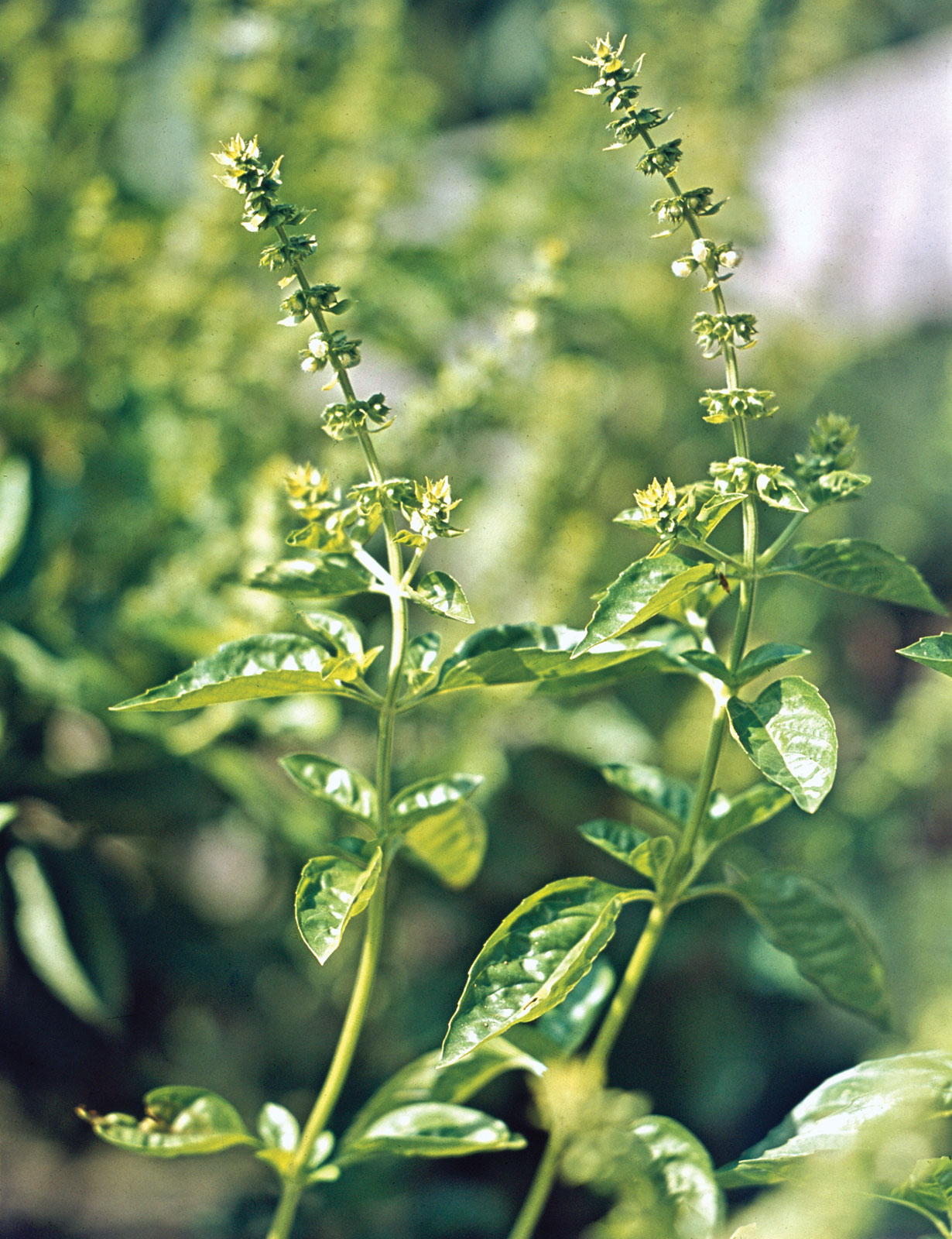
Basil is a herb that grows well both in and outdoors as it thrives in the garden and in containers. Scientifically known as Ocimum basilicum, basil is used in several dishes such as Mediterranean and Thai dishes.
A member of the mint family, Irene Nagudi of Kachini Gardens, says, it grows with low maintenance and produces aromatic leaves. Easily growing from seed to harvest in three to four weeks, this herb is plausible for beginners.
Growing basil
This versatile plant can grow anywhere but to ensure that all is well, starting from indoors may be ideal. Nagudi thus explains the planting process;
You will need seeds, small pots and loam soil.
Then put this soil into the pots and slightly water it to create a suitable environment for the seeds.
Put basil seeds in the pots and it is better to place somewhere between five to seven seeds so that you can select the stronger plant and because some seeds just will not germinate.
Cover the seeds with a thin layer of soil to ensure they will easily sprout through.
Spray some water on the soil to ensure it is moist and the seeds are in good contact with the soil. A spray bottle will do a good job here rather than a watering can since you do not need so much water.
To ensure that the humidity is kept in, cover the pot with either a shallow pan or cling film as this will aid germination.
Place the pots in a warm place and there is no need for watering until the basil sprouts.
Seedlings should start emerging within seven to 10 days and at this point, Nagudi says you should remove the covering and place the pots at the window sill. “Remember to constantly keep the soil moist then once real leaves appear, pick the weak plants out by pinching off the seedling off to leave room for the strong ones,” she advises.
You can now transplant the basil to either bigger pots or the garden, but shade is still needed at this stage in case the temperatures are very hot. “You can also add a weak liquid fertiliser mixture to the soil for better growth,”she advises.
Transplanting to a garden
Now that the plants have leaves, transplanting will not hurt but the location must have lots of sunshine because basil grows best in warm temperatures. “That said, scorching temperatures will kill it hence the need for a shade during the hottest times of the day. Also add lots of organic matter, such as leaves to the soil to improve its richness and draining capabilities. You also need to ensure that if you are using a pot, it is deep enough (eight inches) for strong root growth.”
For better growth, Nagudi says ensure the plants are well spaced (at least 16 inches apart) for ample sunlight and air flow.
Dig a hole for your transplant and ensure the roots are well covered by the soil which ought to be firmly replaced. Thereafter, water the plants and apply some mulch to keep the moisture in.
Care tips
While the hardy plant does not need a lot of care, Irene Ddamulira, a herb grower, shares some tips to keep it lush;
Regular watering- Moisture helps basil grow better so you may deeply water it on a weekly basis and this is very important for container basil. The best time to water basil is early in the morning.
Fertilise sparingly - Though a vigorous plant, basil needs little or no fertilisers as too much fertilising adulterates the flavour. Apart from adding organic manure in the soil, one may use a weak liquid fertiliser mixture once a month.
Pinch the leaves- Whether you need the leaves or not, pinch basil leaves, at the tip whenever it gets two sets of leaves. This allows for full growth and avoids legging.
Avoid bolting (going to seed)- this happens when temperatures are very high and can be avoided by pinching off flowering stems lest the leaves start getting bitter.
Basil is attacked by pests such as aphids as well as diseases such as powdery mildew and several fungal and bacterial leaf, stem and root diseases. “Look out for these. One way to avert the fungal diseases is to avoid watering the plant in the evening,” Ddamulira says.
There is no specific time as one will just get a few leaves. Nonetheless, it ought to be done regularly. “If the leaves are too many, they can be air dried by hanging them upside down. However, a bit of the flavour will be lost. Another way is to freeze the leaves, one leaf per ice cube for later use,” she says.
Recipe - Basil and tomato salad
A great meal does not have to entail laborious preparations. As such, this week’s recipe is a salad and I hope you love it like we did when we tried it.
Ingredients
● 3 tablespoons of vinegar
● I clove of garlic
● 1/2 a tablespoon of salt
● 2 large tomatoes
● 1 medium sweet yellow pepper
● 1/2 an onion
● 1 tablespoon of fresh basil
Procedure
● Mince the garlic, chop the basil into small shreds, and the onion, tomatoes and pepper into thin long slices then put them in separate containers
● In a bowl, mix the first four ingredients before adding the rest to the mixture.
● Enjoy the salad in your individual bowls.
"aromatic" - Google News
May 20, 2021 at 12:52AM
https://ift.tt/3hKltg5
Enjoy basil, the aromatic herb - Daily Monitor
"aromatic" - Google News
https://ift.tt/2A2dLdj
https://ift.tt/3b8aPsv
Bagikan Berita Ini

















0 Response to "Enjoy basil, the aromatic herb - Daily Monitor"
Post a Comment